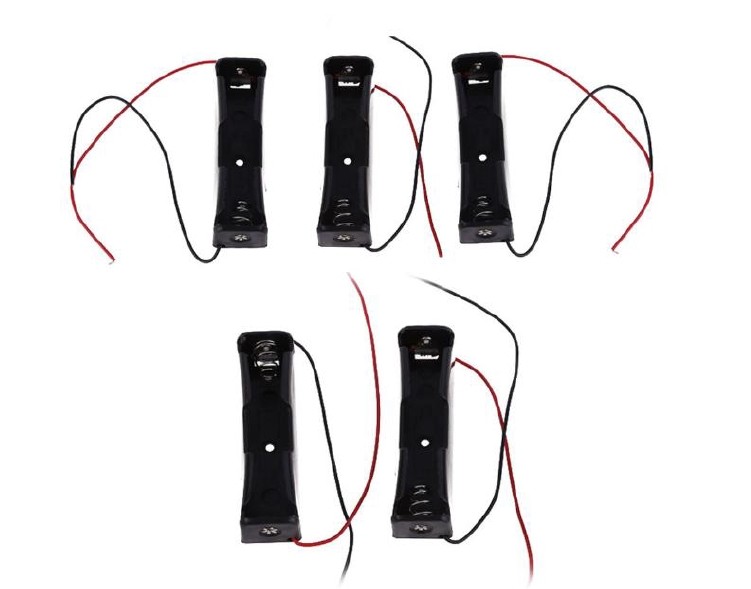From a strictly electronic point of view, one can construct a larger battery using the cases you've posted. In your example, an electric assist bicycle, you will have relatively high current draw requirements. The wiring and spring loaded contacts will fare poorly under such high currents.
It's possible that the wires will melt the insulation due to the heat generated, or the spring contacts will get hot enough to cause the case around them to melt. Once the insulation is melted, short circuits can occur.
It's common for batteries for e-bikes to be rated to 40 amperes current draw and those wires and contacts will not tolerate the level.
With soldering of this type of battery, the heat from the tool will likely damage the battery and might cause explosion. Multiple batteries composed of this type of cell use spot welders specifically made for this purpose. You can find a DIY resource by searching "DIY battery spot welder" for options to complete your project.
